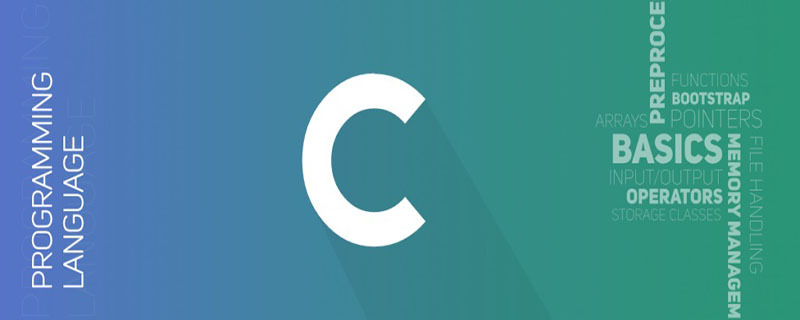一、引言
随着硬件的发展和应用的复杂性增加,并发处理成为了一种基本需求。多线程编程是一种实现并发处理的有效方式,C++11 开始引入了 <thread> 库,使得多线程编程更加容易和高效。本文将介绍 C++中的多线程编程,包括创建线程、同步线程、传递数据给线程以及异常处理等方面。
二、创建线程
在 C++中,可以使用 std::thread 类来创建一个新线程。例如:
#include <iostream> #include <thread> void threadFunction() { std::cout << "Hello from the new thread!" << std::endl; } int main() { std::thread newThread(threadFunction); // 创建一个新线程,函数为 threadFunction newThread.join(); // 等待新线程结束 return 0; }
复制代码
在上面的代码中,我们定义了一个名为 threadFunction 的函数,并在 main 函数中创建了一个新的线程来执行这个函数。调用 std::thread 的 join 方法会阻塞主线程,直到新线程执行完毕。
三、同步线程
在多线程编程中,同步是一个重要的问题。如果多个线程同时访问和修改同一数据,可能会导致数据不一致的问题。为了解决这个问题,C++提供了几种同步原语,如 std::mutex、std::lock_guard 和 std::condition_variable。
下面是一个使用 std::mutex 和 std::lock_guard 进行线程同步的例子:
#include <iostream> #include <thread> #include <mutex> std::mutex mtx; // 全局互斥锁。 void print_id() { std::lock_guard<std::mutex> lck(mtx); // 锁定互斥锁。 // 在锁定期间,只有一个线程可以访问下面的代码,其他线程将被阻塞,直到这个锁被释放。 std::cout << "Hello from " << std::this_thread::get_id() << '\n'; } int main() { std::thread threads[10]; // 创建多个线程执行 print_id()函数。 for (int i = 0; i < 10; ++i) { threads[i] = std::thread(print_id); // 创建新线程执行 print_id 函数 } for (auto& thread : threads) { thread.join(); // 等待所有线程执行完毕 } return 0; }
复制代码
在这个例子中,我们创建了 10 个线程,每个线程都执行 print_id 函数。在 print_id 函数中,我们使用 std::lock_guard 来锁定互斥锁。这样,只有一个线程可以访问被保护的代码块,其他线程将被阻塞,直到这个锁被释放。通过这种方式,我们可以确保每个线程都能按顺序执行,避免了并发访问和修改同一数据的问题。
四、传递数据给线程
除了函数,我们还可以向线程传递数据。在 C++中,我们可以将数据封装在 std::future 或 std::async 返回值中,然后传递给线程。例如:
#include <iostream> #include <thread> #include <future> void print_squared(int x) { std::cout << "Squared: " << x * x << std::endl; } int main() { int x = 5; std::future<void> result = std::async(std::launch::async, print_squared, x); result.wait(); // 等待线程结束 return 0; }
复制代码
在这个例子中,我们将 x 作为参数传递给线程,然后在线程中计算 x 的平方并打印结果。
五、异常处理
在多线程编程中,异常处理是一个重要的问题。在 C++中,我们可以在线程函数中使用 try/catch 块来处理异常。例如:
#include <iostream> #include <thread> #include <exception> void threadFunction() { try { throw std::runtime_error("An error occurred"); } catch (const std::exception& e) { std::cout << "Caught exception: " << e.what() << std::endl; } } int main() { std::thread newThread(threadFunction); // 创建一个新线程,函数为 threadFunction newThread.join(); // 等待新线程结束 return 0; }
复制代码
在这个例子中,我们在线程函数中抛出一个异常,然后在主线程中捕获并处理这个异常。
六、结论
多线程编程是现代计算机科学中的一个重要概念。在 C++中,我们可以使用 std::thread 和相关的类和函数来实现多线程编程。通过使用这些工具,我们可以创建高效的并发程序,从而更好地利用硬件资源并提高程序的性能。












评论